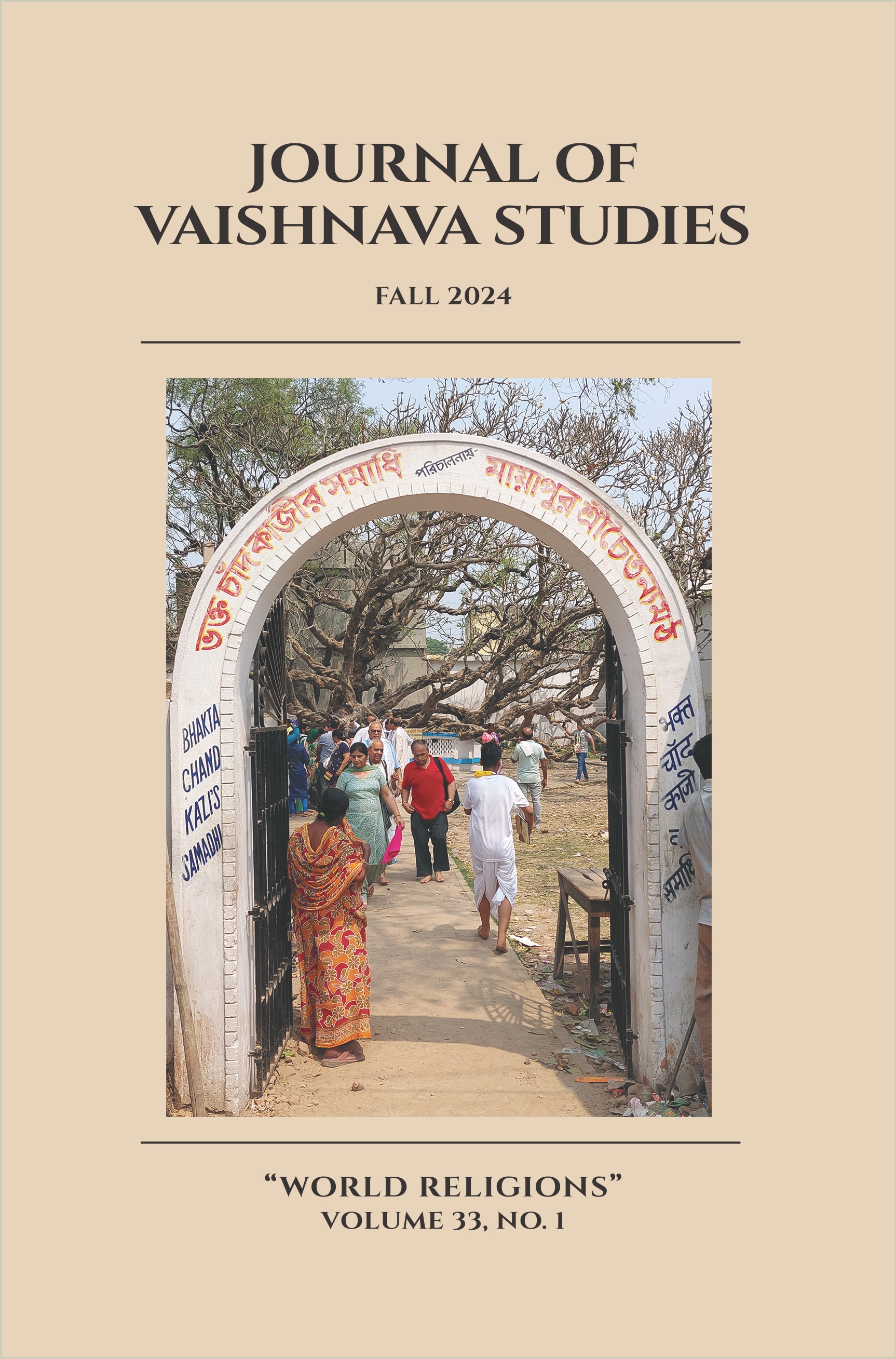To Christ Through the Vedānta Revisited
Pierre Johanns’ Jesuit Synthesis of Hindu and Christian Thought
Keywords:
Pierre Johanns, Vedānta, Hindu-Christian dialogue, Thomism, Śaṅkara, Rāmānuja, Vallabha, Caitanya, Jesuit missions, comparative theologyAbstract
This article examines Pierre Johanns’ To Christ Through the Vedānta, a seminal work by a Belgian Jesuit who sought to bridge Hindu Vedāntic philosophy and Christian Thomism. Johanns’ project, serialized in The Light of the East (1922–1934), systematically engaged Śaṅkara’s non-dualism, Rāmānuja’s qualified non-dualism, Vallabha’s pure non-dualism, and Caitanya’s ecstatic devotion, arguing that these traditions collectively point toward Christ as their fulfillment. The analysis highlights Johanns’ method of "gathering fragments" from Hindu systems to construct a Thomistic framework on "Indian soil," while critiquing their perceived limitations (e.g., pantheism, lack of creatio ex nihilo). The article also explores Johanns’ missionary intent—framed as dialogue—and his later, less systematic treatment of Caitanya’s tradition via Jīva Gosvāmī. Despite its colonial-era assumptions, Johanns’ work remains a pioneering effort in comparative theology, anticipating Vatican II’s openness to interreligious dialogue.Published
2024-12-13
Issue
Section
Articles





